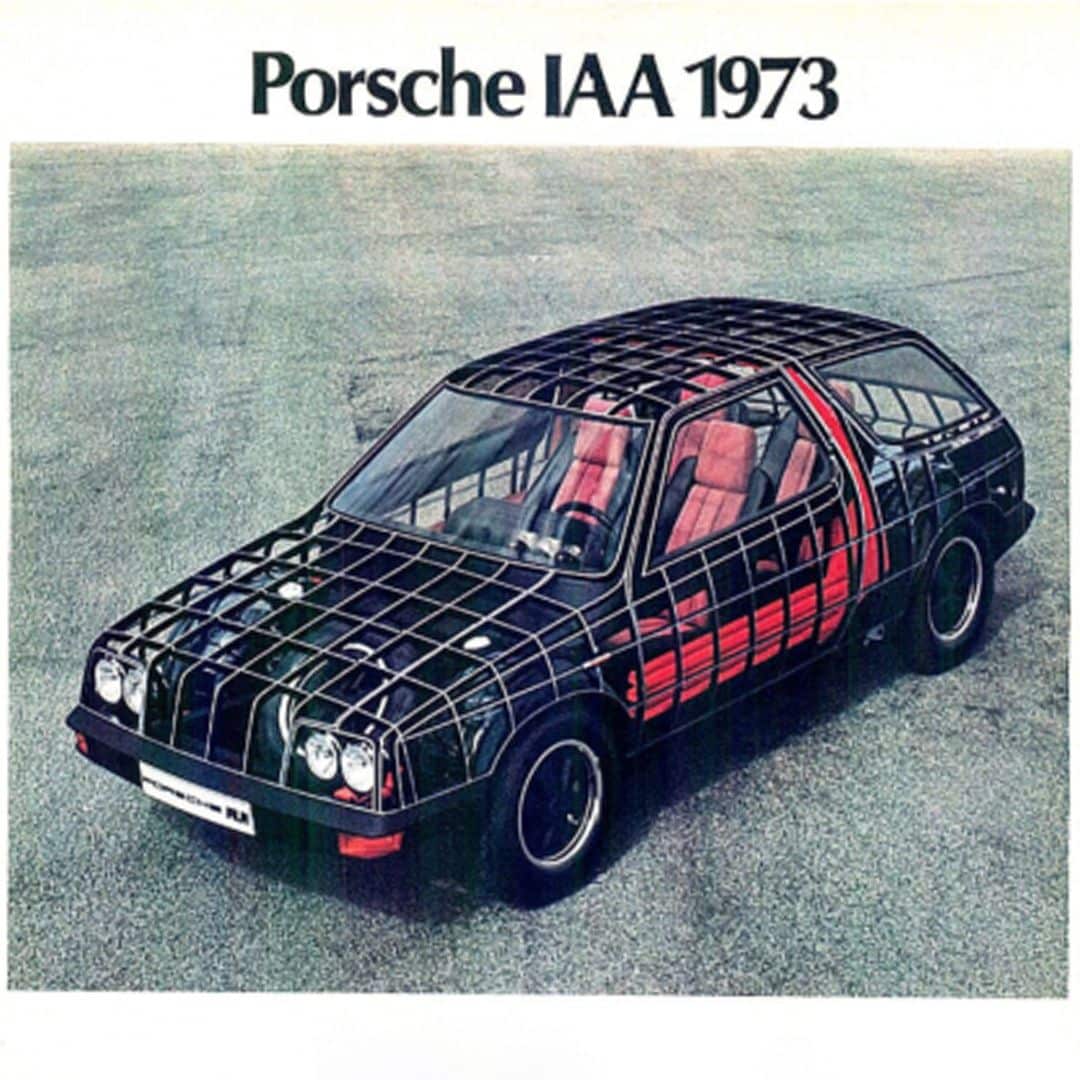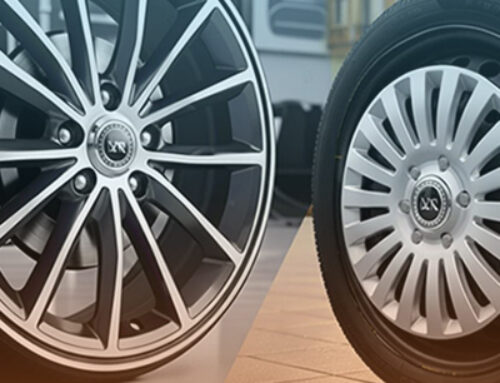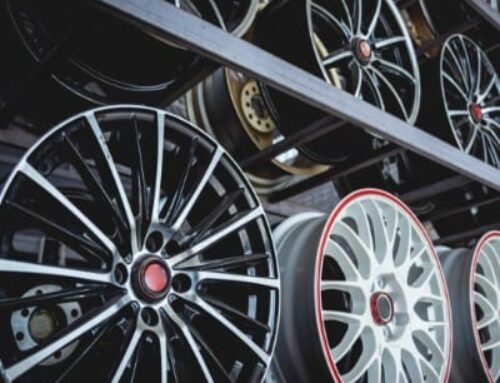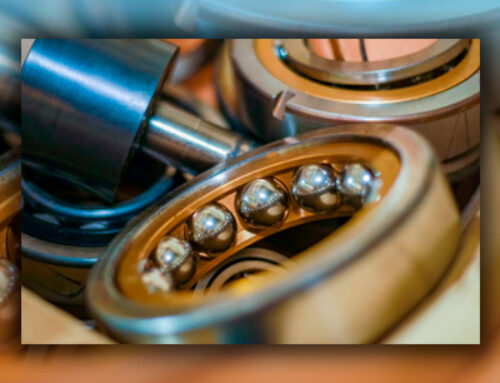Porsche Project: The Eternal Porsche
Porsche Project developed the “eternal car” to face the oil crisis that shook the world.
In 1973, the german brand introduced the Porsche Project FLA at the Frankfurt Motor Show, which stands for “Forschungsprojekt-Langzeit-Auto,” which translates as “Long-Term Automobile Research Project.”
In essence, this project sought to create an eternal automobile, challenging the conventional idea of planned obsolescence in the automotive industry.
Porsche engineers set themselves the challenge of developing a vehicle that could be kept in perfect condition for more than 30 years.
This project was a response to the Club of Rome report, which pointed out the problems arising from the excessive growth in economic policies and the potential shortage of resources.
The FLA engine generated 75 hp and was located in the rear transversely, with a displacement of 2.5 liters, and an automatic gearbox was chosen to improve reliability and reduce maintenance.
Porsche engineers opted for a large oil reservoir and aluminum tubes instead of copper, as they were more easily recyclable.
A non-contact ignition system was also used; the wiring harnesses were split and removable so that only the damaged part could be replaced.
The main body of the FLA, although never shown publicly, was a practical hatchback, made with aluminum panels and a multi-tubular skeleton to prevent corrosion.
Despite lacking modern safety features or accessories, the FLA anticipated concepts of recycling and sustainability that are more viable today thanks to technological advances
In 1994, Porsche was invited by the Chinese government to design a four-door sedan for the local market.
This vehicle, which did not carry the brand’s emblem, marked a significant effort on Porsche’s part at a time when its reliance on the 911 model generated financial concerns.
The car measured around 4.05 meters and had a 65 hp gasoline engine, with rumors of a possible turbodiesel version.
Despite Porsche’s efforts, it didn’t obtain a license to enter the Chinese market, and local manufacturers considered the project too costly.






